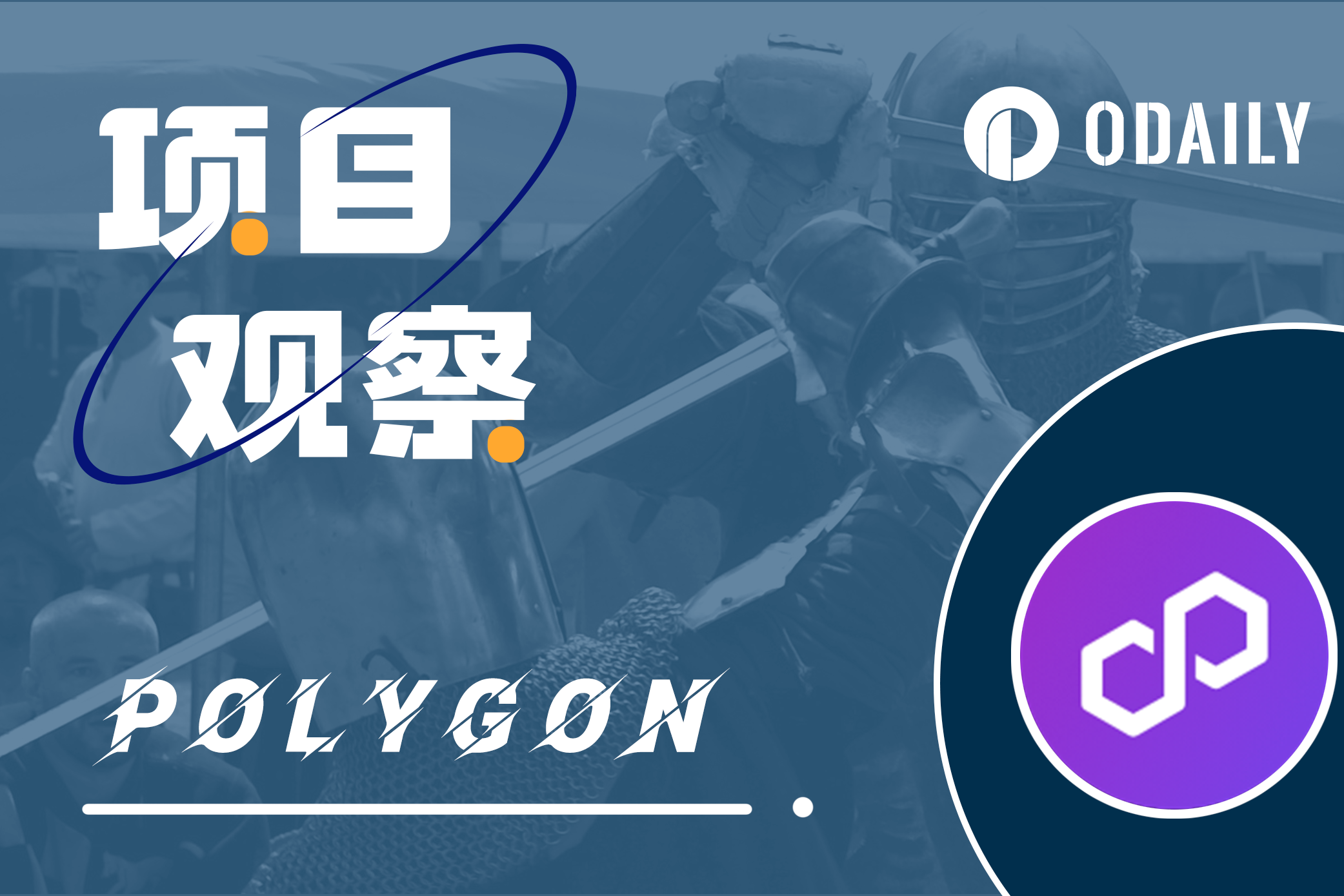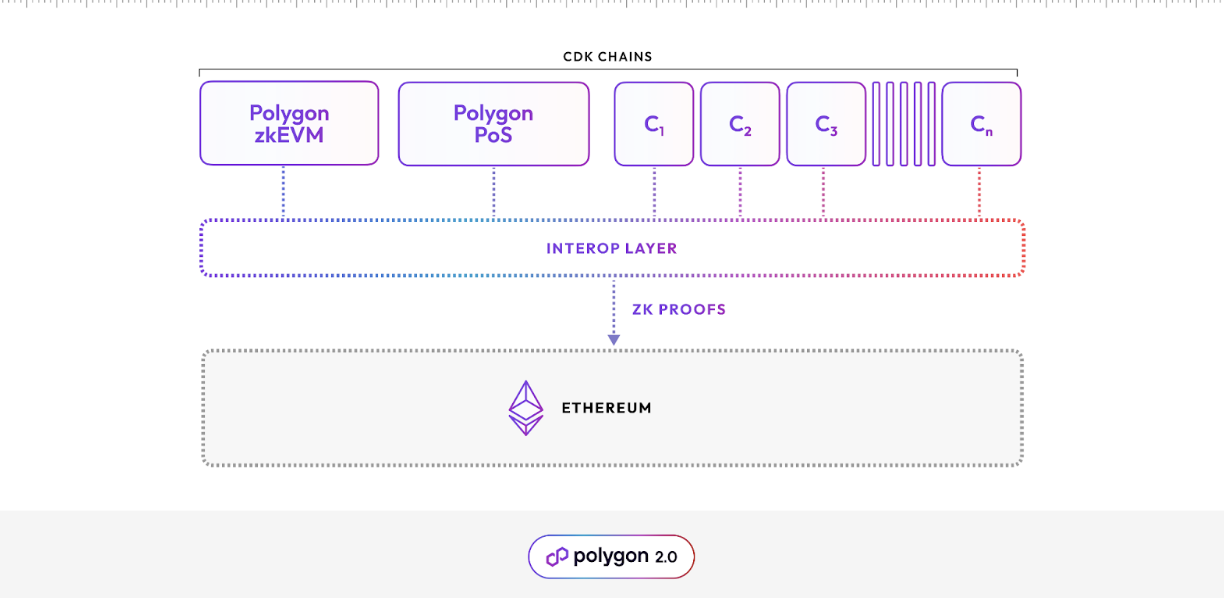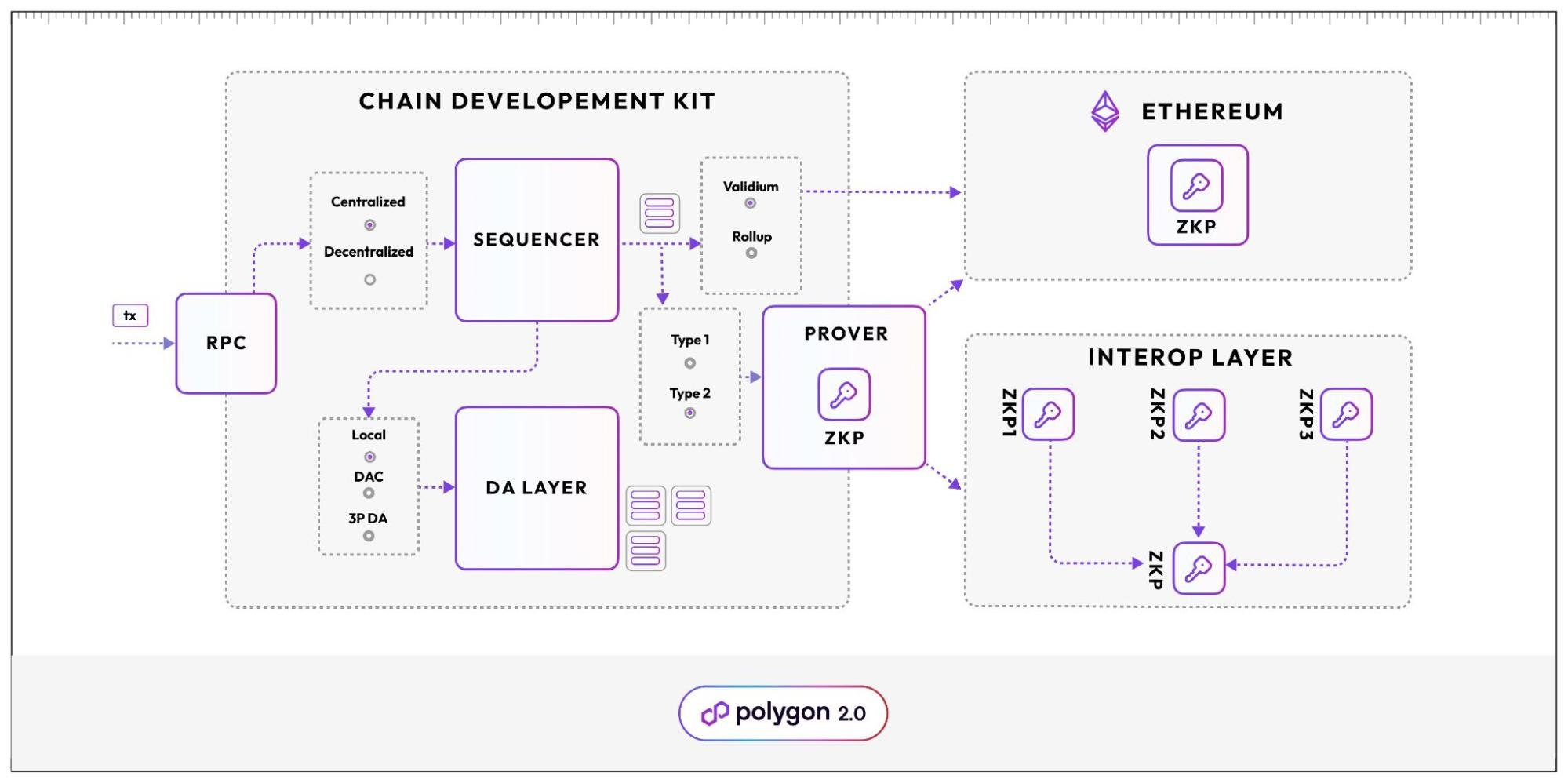The L2 battle is in full swing, what does it mean for Polygon to offer CDK?
Original | Odaily
Author | How is it
Editor | Hao Fangzhou

A few years ago, one of the key tasks in the public chain battle was for each L1 chain to attract developers and promote ecological prosperity by developing new technical solutions to lower the development threshold, while enabling interconnectivity and network effects among ecosystem applications.
Now, we are witnessing a new round of competition centered around Ethereum and EVM-compatible chains, with L2 as the main protagonists.
Among them, Arbitrum, Optimism, Starknet, and zkSync have gained the most popularity, with any technological advancements, collaborations, and especially token airdrops being the focus of industry attention.
In the current state where the overall technical roadmap has been defined, the "four giants" focus more on adapting to the needs and habits of different development communities, making minor improvements and introducing "medium-sized" support schemes, with few exciting "major releases".
However, last week, Polygon Labs released a software tool called Chain Development Kit (CDK), which allows developers to build zero-knowledge proof-supported L2 on Ethereum from scratch. L2 deployed using the CDK will be able to connect to a shared ZK bridge, enabling interoperability. This tool will be part of the Polygon 2.0 roadmap set to launch next year.
This caught the attention of Odaily.
Polygon CDK is the Swiss Army Knife for chains
Polygon CDK (Chain Development Kit, named after SDK's naming convention) is an open-source framework designed to assist developers in quickly deploying Ethereum-based L2. It provides a modular environment that allows developers to create specific application chains based on their needs or smoothly transition existing L1 to L2. The following image illustrates the technical architecture of Polygon 2.0:

As can be seen from the figure, in the era of Polyogn 2.0, the chains developed based on CDK will be at the same level as Polygon PoS and Polygon zkEVM, sharing Ethereum security through zk proofs.
The design goal of CDK is to provide flexibility and customizable functionality. Developers can choose VM, operation mode, data availability solutions, sorter types, Gas tokens, etc. according to their needs. For example, they can choose either Validium or zkEVM to ensure transaction security, decentralization of sorters, and localization of DA. (Odaily Note: Currently, Polygon CDK only supports the Validium construction method.)
According to the official statement, each chain created by CDK is interconnected, ensuring near-instant finality, unlimited scalability, and a unified liquidity pool. This point will be verified in practice next year.

The above image illustrates the functionality of different components in Polygon CDK:
Sequencer (Sorter): Optional centralized or decentralized.
DA (Data Availability): The DA layer is managed by the Data Availability Committee (DAC). The task of the DAC is to ensure the safe and reliable management of off-chain data. For enhanced scalability, the DAC plays a key role in offloading important computational work and data storage from the L1 main network, thereby alleviating the burden on the L1 main network.
-
Validium: A solution for processing transactions that separates transactions from the Ethereum mainnet using off-chain data availability and computation. Unlike traditional Rollups, Validium does not store transaction data on the L1 network but generates ZK proofs and publishes them as validity proofs. This approach ensures data integrity while optimizing scalability and cost.
The release of Polygon CDK signifies the formation of a multi-chain layout for Polygon, with Ethereum as the core ensuring security. It covers various application development needs with its PoS, super networks, zkEVM, and CDK L2. Different chains and L2s based on Polygon provide unified proofs for verification through an aggregation proof layer, enhancing interoperability between different networks.
People often compare Polygon to a Swiss Army knife, with various blade schemes assembled on one handle. CDK is like the invisible spring inside the knife.
Can Polygon CDK break through in the L2 stack?
Perhaps some will notice that the solution approach of Polygon CDK and Optimism's OP Stack is similar: parallelizing application-specific chains and building an Ethereum-centric L2 multi-chain interaction group. (Odaily note: While some other L2s extend towards L3 from their own centers.)
This approach offers high composability, low development difficulty, and easy formation of network effects, making it advantageous for competition in the developer market.
After the release of OP Stack, collaborations were initiated with prominent projects like Coinbase, BNB Chain, and Worldcoin. It can be said that in the competition of stacks, OP seized the first-mover advantage.
The advantage of Polygon CDK over OP Stack is that the DA layer can choose to perform offline operations on data storage and computation instead of relying on Ethereum. At the same time, decentralization and security are ensured through DAC, reducing the burden on Ethereum. In addition, choosing zk proof avoids the old problem of OP, which is the waiting period of 7 days caused by anti-fraud proof.
Overall, Polygon CDK incorporates the different characteristics of the OP and ZK camps, and its resource integration and marketing capabilities are also outstanding.
Of course, it is still too early to conclude who will be the ultimate winner of the L2 competition. The technical solution is just laying the groundwork. The landscape of a great city still depends on landmark buildings (popular projects), just like Terra, which once drove the development of the Cosmos ecosystem. The heat generated by the launch of the Base mainnet last month has brought attention to OP Stack in this city-state game. It is worth looking forward to what kind of behemoth Polygon's CDK can support.



